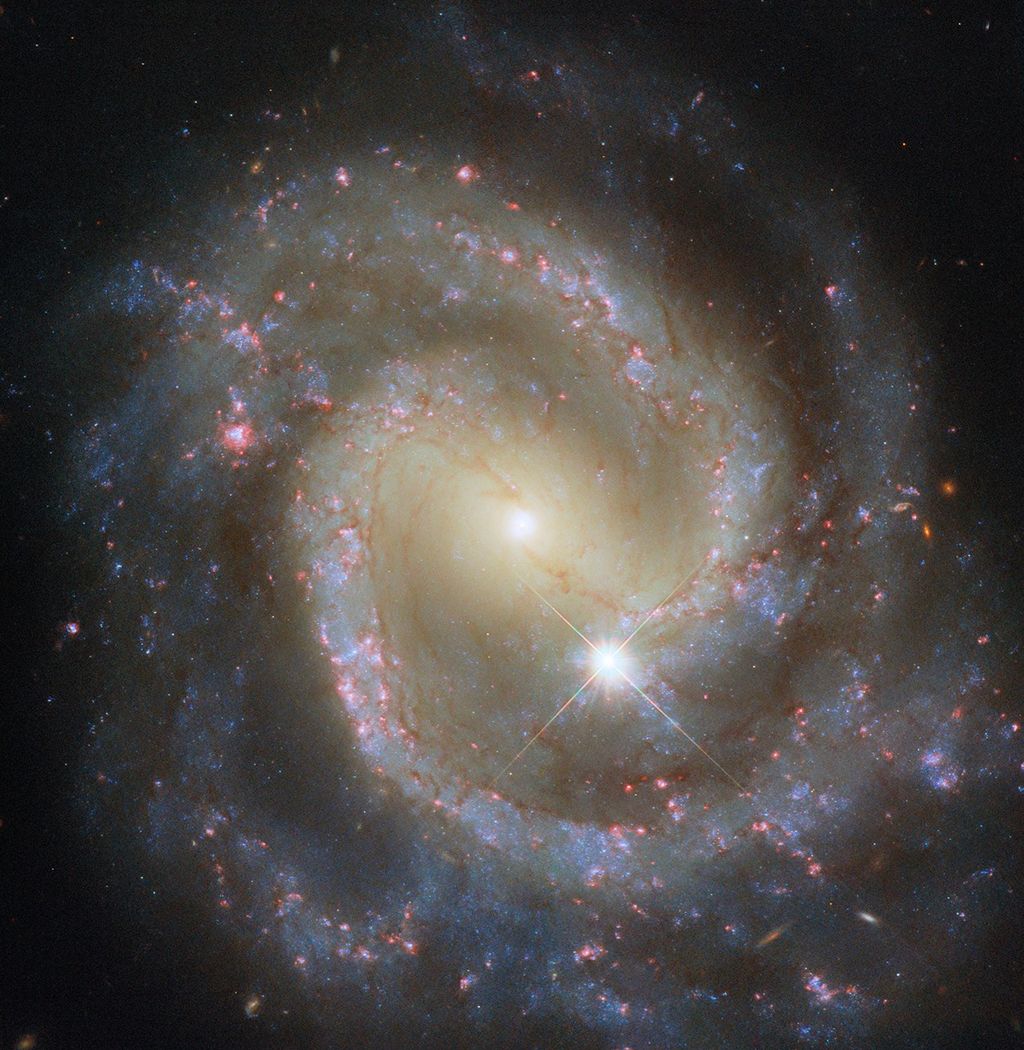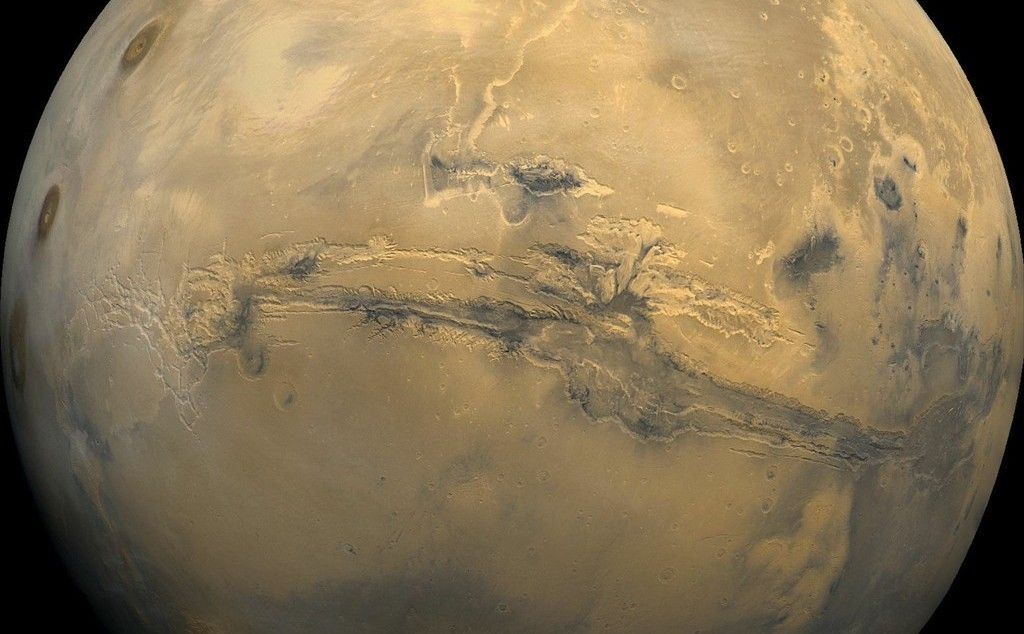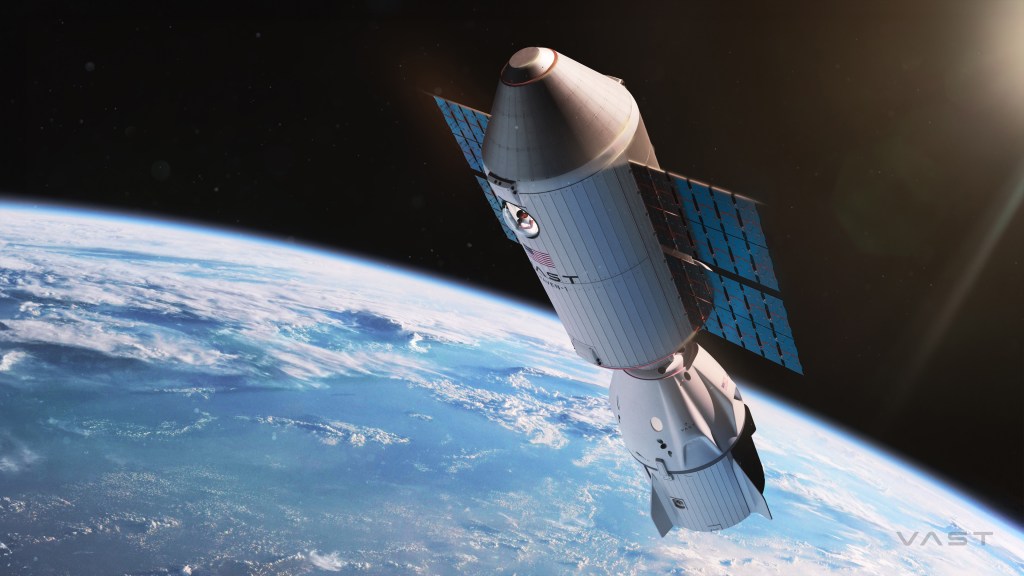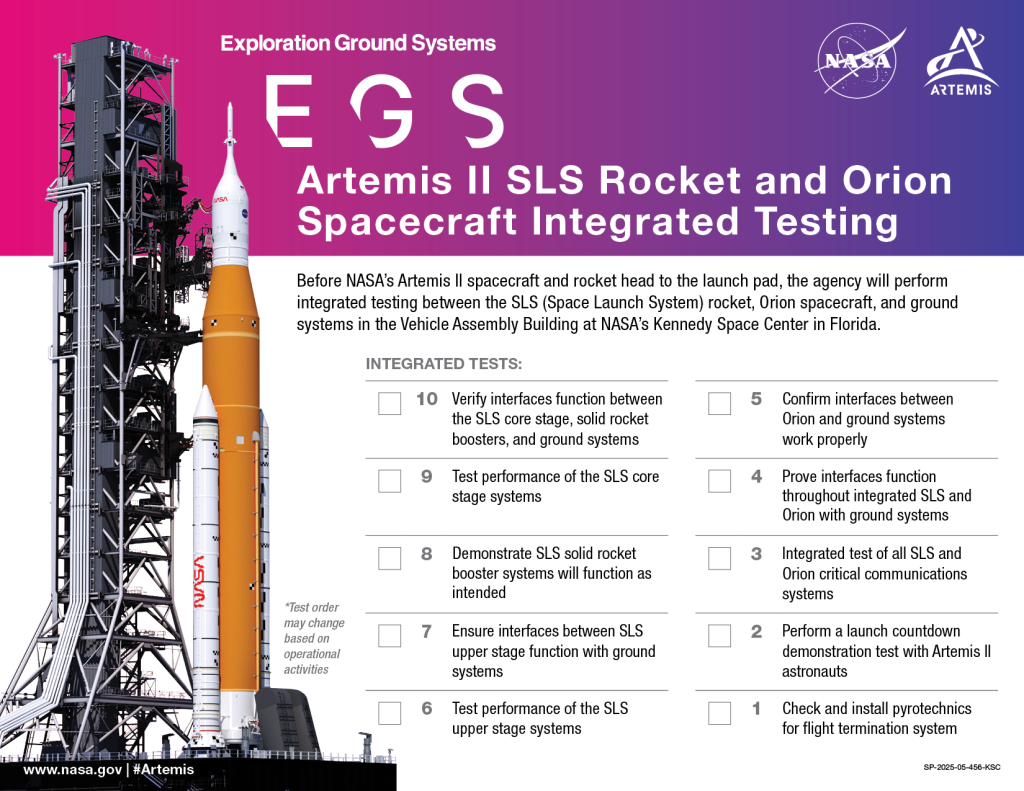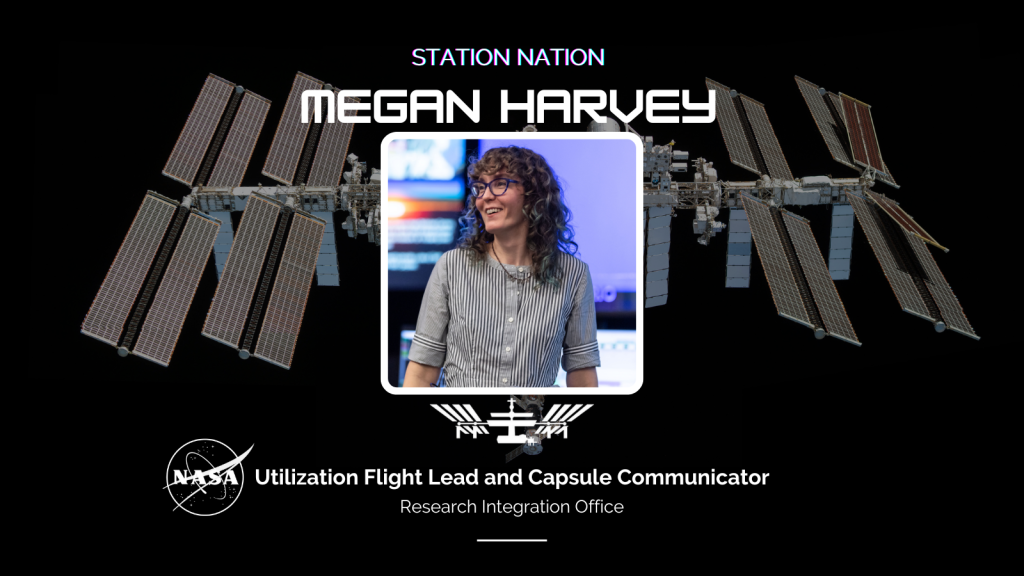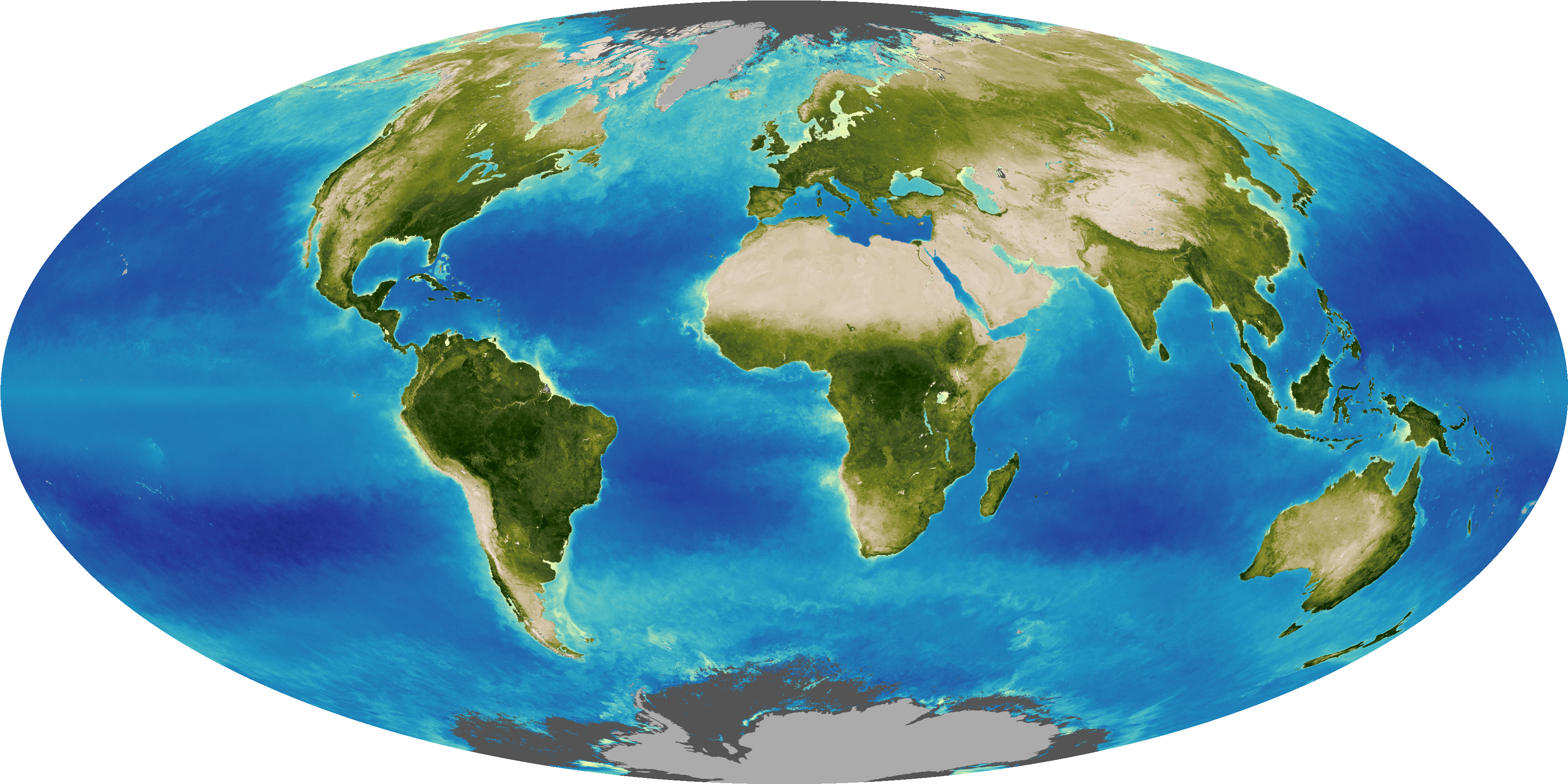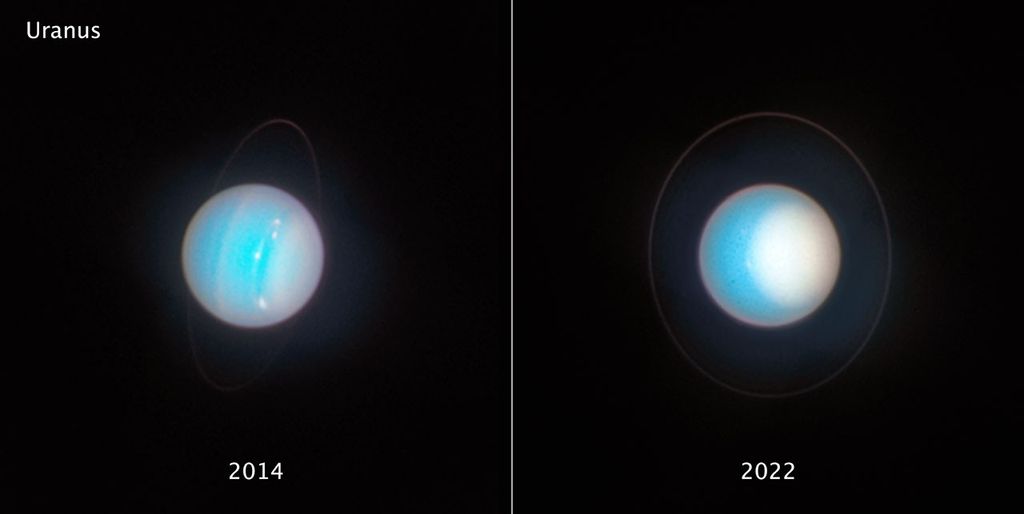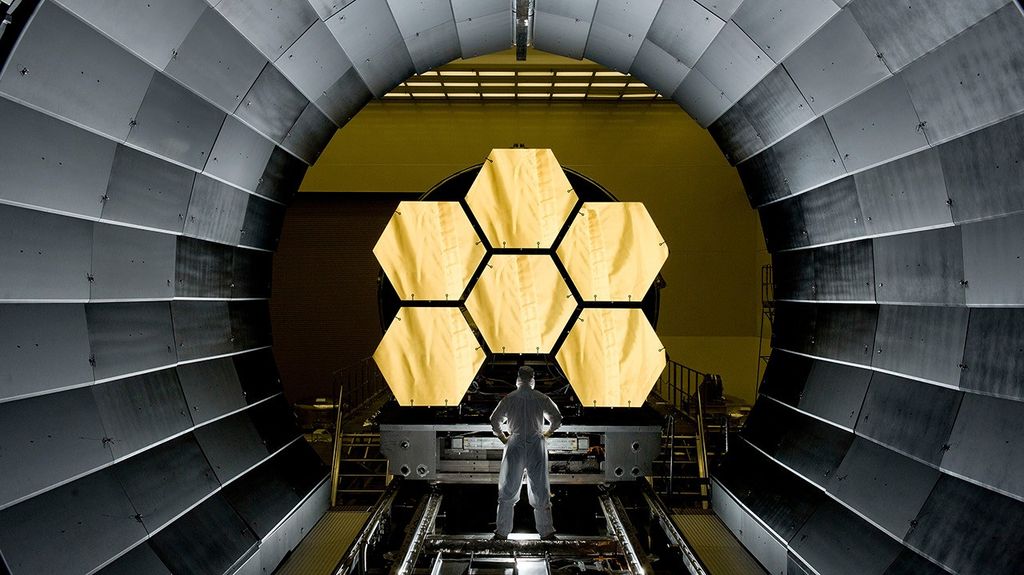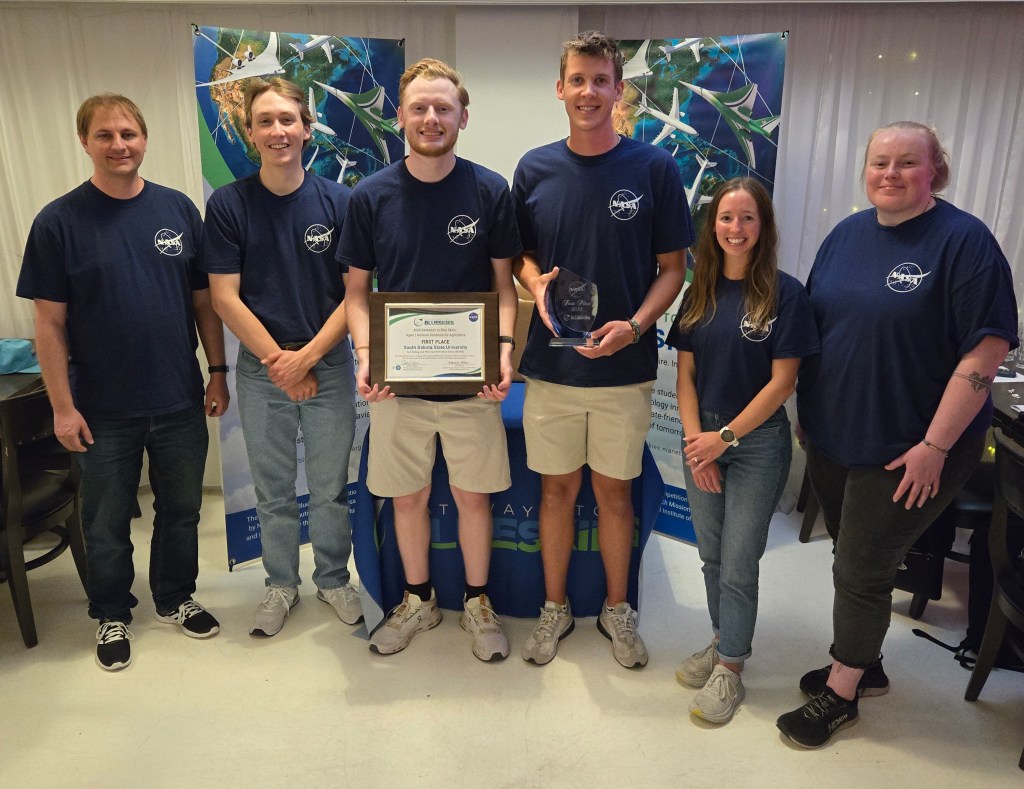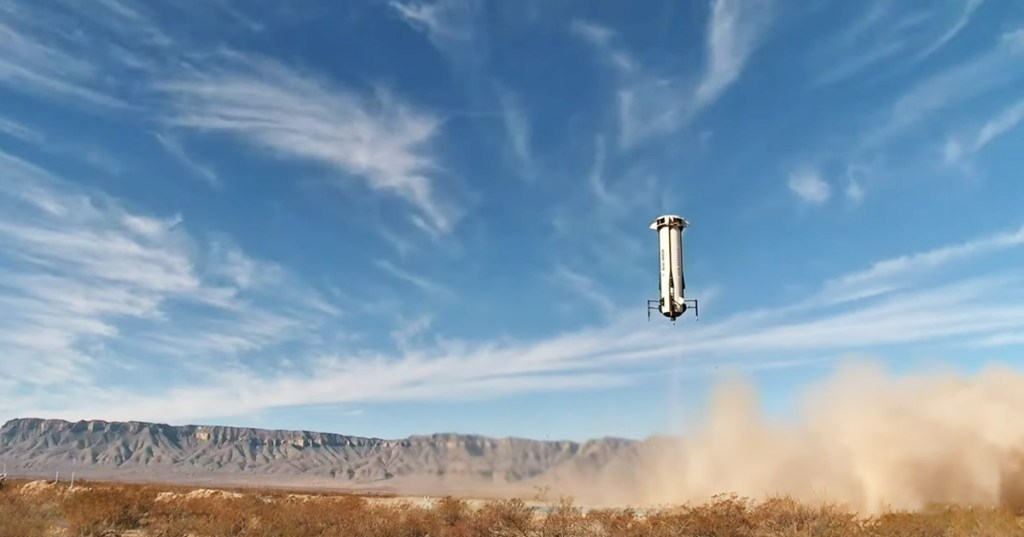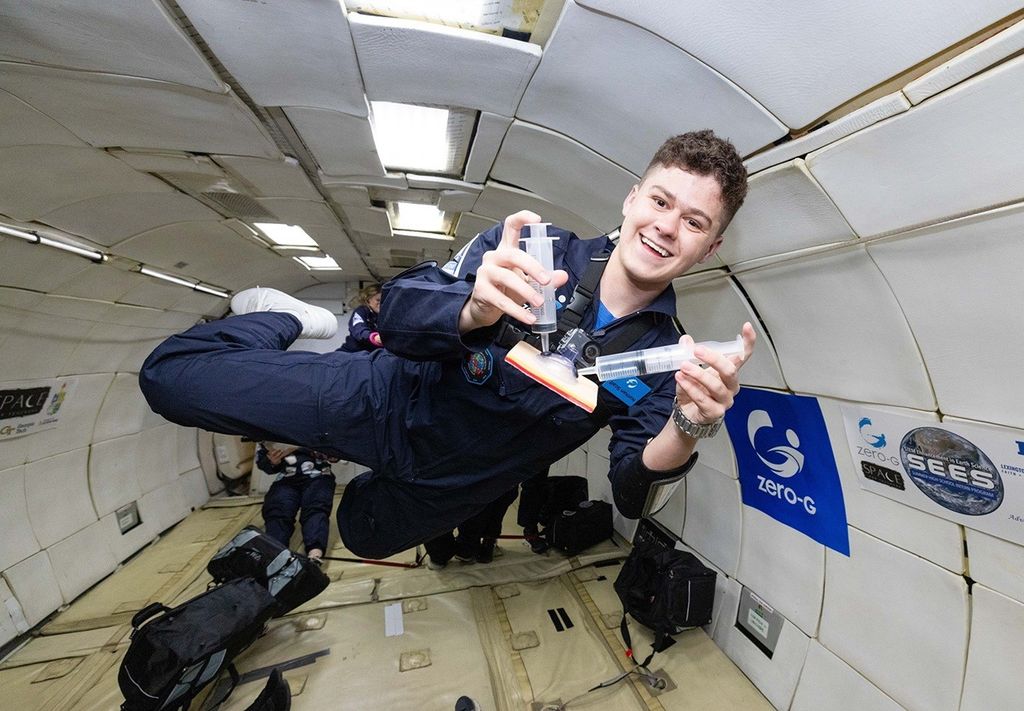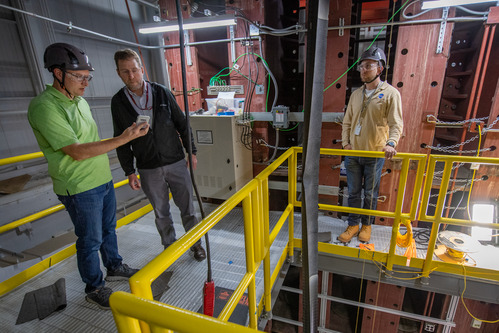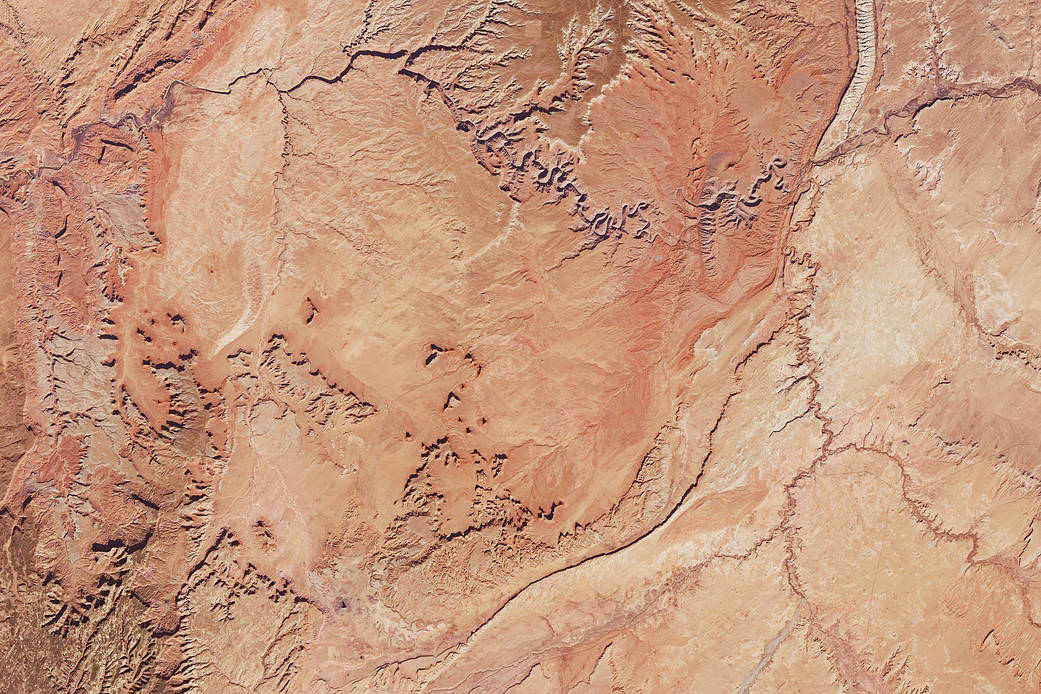Arguably one of the most photographed places on Earth, Monument Valley is the quintessential picture of the American West. The valley covers about 92,000 acres along the border of Arizona and Utah. You may have seen this iconic landscape in several John Wayne movies as the Hollywood star rode a horse through these sandy plains. You can travel for miles on horseback amid towering sandstone pillars that are peppered throughout this Navajo Tribal Park.
Between the red rock formations and the sandstone towers, the valley contains evidence of eons of nature’s constructive and destructive power. Formed during the Permian period, this patch of land once formed part of a seafloor where sediments and sandstone piled up in layers for millions of years. Tectonic forces raised the slab above the water line and created a plateau. Then water and wind chipped away at the sedimentary rock and removed the softer materials, eventually giving us the towering structures that we see today.
This image was captured by the Operational Land Imager (OLI) on Landsat 8 on November 14, 2016. The shadows in this straight–down (nadir) satellite view give some sense of the elevation differences between the mesas and buttes that extend 400 to 1,000 feet above the valley floor. The floor is sand and siltstone and appears red due to the presence of iron oxides, while manganese oxide makes some rocks appear blue–gray. Researchers dubbed a similar landscape on Mars as “Monument Valley” because of the similarities to this Navajo park.
Additional images: NASA Earth Observatory
Image Credit: NASA Earth Observatory image by Joshua Stevens and Mike Taylor, using Landsat data from the U.S. Geological Survey and topographic data from the National Elevation Dataset (NED)
Caption: Kasha Patel

